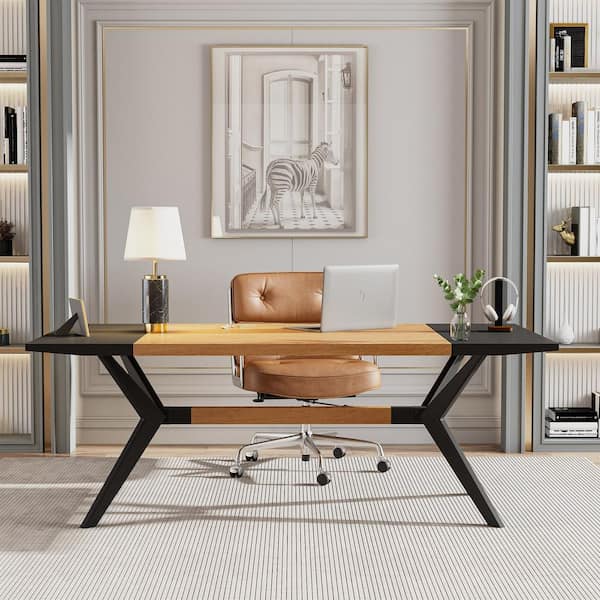Dining Room Table Legs: What to Think about Before You Acquire
Dining Room Table Legs: What to Think about Before You Acquire
Blog Article
A Thorough Take A Look At Dining Table Leg Styles: Discovering the Suitable Suit
Picking the best dining table leg design is important for both aesthetic charm and useful functionality. For those with bigger tables, trestle legs ensure tough support, whereas hairpin legs present a mid-century contemporary vibe with their minimalist layout. The x-shaped legs mix modern design with improved stability.
Conventional Four Legs
Amongst the various types of dining table leg designs, the conventional four-leg style remains a timeless selection for numerous homes. 4 legs supply well balanced assistance, ensuring the table remains steady and qualified of bearing significant weight (dining room table legs).
From a visual point of view, the typical four-leg design can be conveniently adjusted to different indoor styles. Whether crafted from wood, steel, or a mix of materials, these legs can be delicately carved, smooth and minimalistic, or anything in between. Their flexibility enables them to match both rustic and contemporary settings seamlessly.
Furthermore, the simple framework of the four-leg design promotes simplicity of motion and placement within an area. Unlike more complex bases, this design lessens obstructions, offering adequate legroom for restaurants. In summary, the standard four-leg dining table leg design weds withstanding sophistication with useful capability, making it an astute option for those seeking both type and feature in their eating furnishings.
Pedestal Base
Often celebrated for its classy and space-efficient style, the stand base is a recognized alternative to the typical four-leg setup in eating table leg styles. Without edge legs, restaurants are afforded higher flexibility of activity, making it an excellent choice for round and oval tables that promote even more intimate and inclusive celebrations.
Moreover, the stand base's central assistance can manage significant weight, permitting using much heavier tabletops, such as marble or thick hardwood. This toughness paired with its visual flexibility makes the stand base a popular option in both traditional and modern indoor setups. It can flawlessly integrate with various design motifs, from classic sophistication to minimalist modernity. The main column itself uses a canvas for intricate styles and imaginative expressions, including a component of aesthetic interest beneath the table. In summary, the pedestal base integrates capability with style, making it a fine-tuned and sensible alternative for varied dining settings.
Trestle Legs
Trestle legs supply a durable and classic foundation for dining tables, defined by their straight cross-bracing and tough assistance light beams. Stemming from middle ages times, this style has advanced yet maintained its important structure, making it a seasonal fave in both typical and modern setups. The central trestle beam, commonly sustained by two or even more upright blog posts, provides extraordinary security, permitting for bigger table web sizes without the demand for added legs.
A considerable benefit of trestle leg tables is the sufficient legroom they provide. Unlike tables with 4 corner legs, the absence of obstructions at the table's edges provides unobstructed room for chairs and restaurants, boosting convenience and availability. This makes trestle tables excellent for suiting bigger celebrations, whether in a dining-room or a reception hall.
From rustic farmhouse to streamlined modern-day layouts, trestle legs can be tailored to suit individual tastes. Their long-lasting allure and practical benefits make trestle legs a compelling option for those looking for both design and usefulness in their dining table.
Hairpin Legs

The appeal of barrette legs depends on their simpleness and flexibility - dining room table legs. Offered in a series of products, consisting of steel and brass, they can be completed in numerous shades to complement different indoor styles. Whether paired with a rustic wooden tabletop or a modern glass surface, barrette legs easily blend capability with a touch of vintage appeal
Durability is one more noteworthy feature of barrette legs. In spite of their delicate look, these legs are crafted to bear significant weight, making sure the dining table continues to be secure and safe and secure. Additionally, they are fairly very easy to set up, making them a prominent choice for do it yourself enthusiasts and professional furnishings makers alike.
X-Shaped Legs

Constructed from products such as steel, wood, or a mix of both, X-shaped legs can be customized to match different layout choices. Steel legs frequently offer a streamlined and commercial feel, suitable for loft-style houses and modern-day dining areas. On the review various other hand, wood X-shaped legs supply a warmer, extra rustic charm, ideal for farmhouse or eclectic insides. The adaptability in materials allows home owners to personalize their table to much better fit their overall design system.
Additionally, the engineering behind X-shaped legs makes certain even weight circulation, reducing the danger of tottering and improving durability. This makes them particularly appropriate for larger table that call for additional support. Essentially, X-shaped legs blend useful engineering with modern-day appearances, making them a classic selection for varied dining settings.
Final Thought
A detailed understanding of table leg designs exposes the distinctive characteristics and advantages of each design. Typical 4 legs use stability and timeless allure, while stand bases provide legroom and a streamlined appearance. Trestle legs make sure robust support for bigger tables, and barrette legs introduce a mid-century modern aesthetic. X-shaped legs integrate contemporary design with boosted stability. Resources Choosing the proper leg style guarantees both practical and aesthetic complete satisfaction in any kind of dining space.
Report this page